This year’s centenary Geneva motor show wasn’t a patch on its years of pomp, where to even have a chance of making the headlines, carmakers had to host an eight-figure eve-of-show extravaganza on the lines of the Roman Circus Maximus, to add to their already-burgeoning air travel, hotel, show stand and staffing costs.
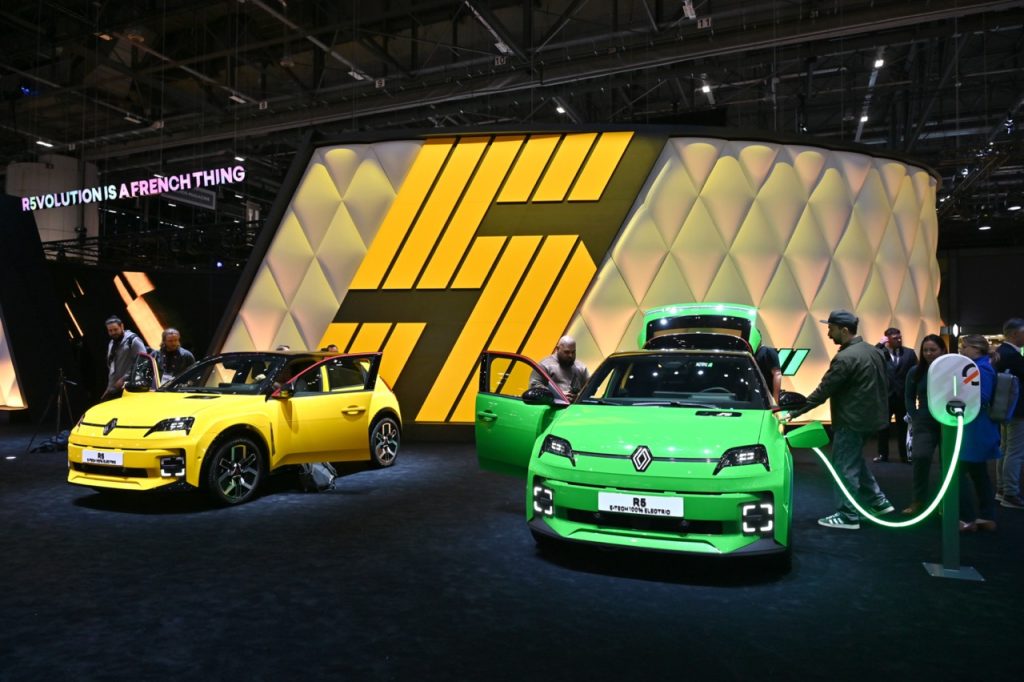
In fact, the February show had just one star, Renault’s new R5 E-Tech electric vehicle, a retro take on a 53-year-old hatchback. With few other carmakers in Geneva, La Régie’s big bet paid off and its new baby EV made the front pages all around the world, partly because there was nothing else to write about and partly because everyone remembers the original.

So, history was repeating itself, as it is wont to do. In December 1971, The Evening News headline screamed “Renault’s new baby,” as the French manufacturer revealed its all-new R5 model. In America, they called it Le Car, and in Europe it literally was; the darling of every young thing, old thing, and pretty much anyone with a driving licence. It was France’s best-selling car for 10 years, and if you count them all up, Renault produced over 9 million of the things.
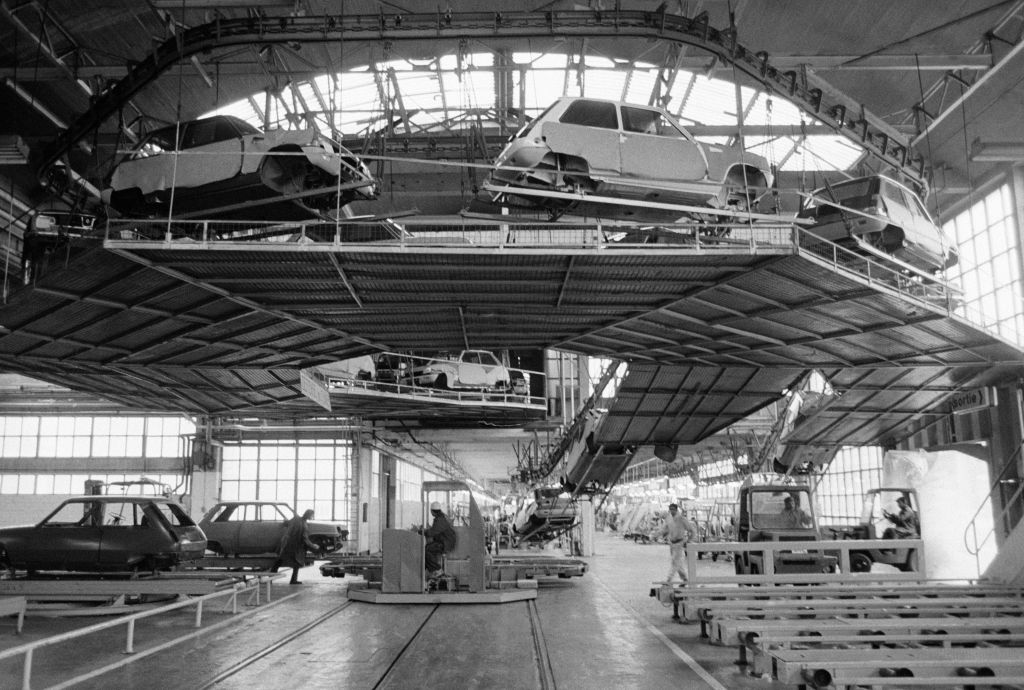
Formidable! But if we cut the corporate hucksterism here, the original R5 was far from being the result of inspired, high-level planning at the French state-owned carmaker. It was more of a happy accident, in fact.
Everyone, including Renault’s office cat, knew the company required a modern mass-produced small car to star in a growing segment eventually dubbed ‘supermini’ by The Economist magazine. Think here of cars a segment larger than the original 1959 Issigonis-designed Mini: Fiat’s 127, Datsun’s Cherry, Austin’s 1300, the Hillman Imp, or even Citroën’s Ami 8…
Bernard Hanon, the Hauts-de-Seine-born planning boss at Renault (he became chief executive in 1981) even persuaded his then-boss, Pierre Dreyfuss, to include a requirement for “a car for all seasons” into the company’s forward planning document.
But fine words on planning documents butter no parsnips, there was no such car on the drawing board at Renault’s design office, and there wasn’t enough money to start an all-new project. Renault would have to take the utilitarian R4 model as a base and come up with something snappy.
Enter Michel Boué, the 36-year-old Renault stylist who provided the inspiration. In the evenings after work and over le weekends, this talented designer toiled away at a chic little two-door concept drawn over a template of the R4. When management saw it, they loved it and embraced it. And thus, what was known as Projet 122 was probably the last mass-produced small car to be designed by just one man.
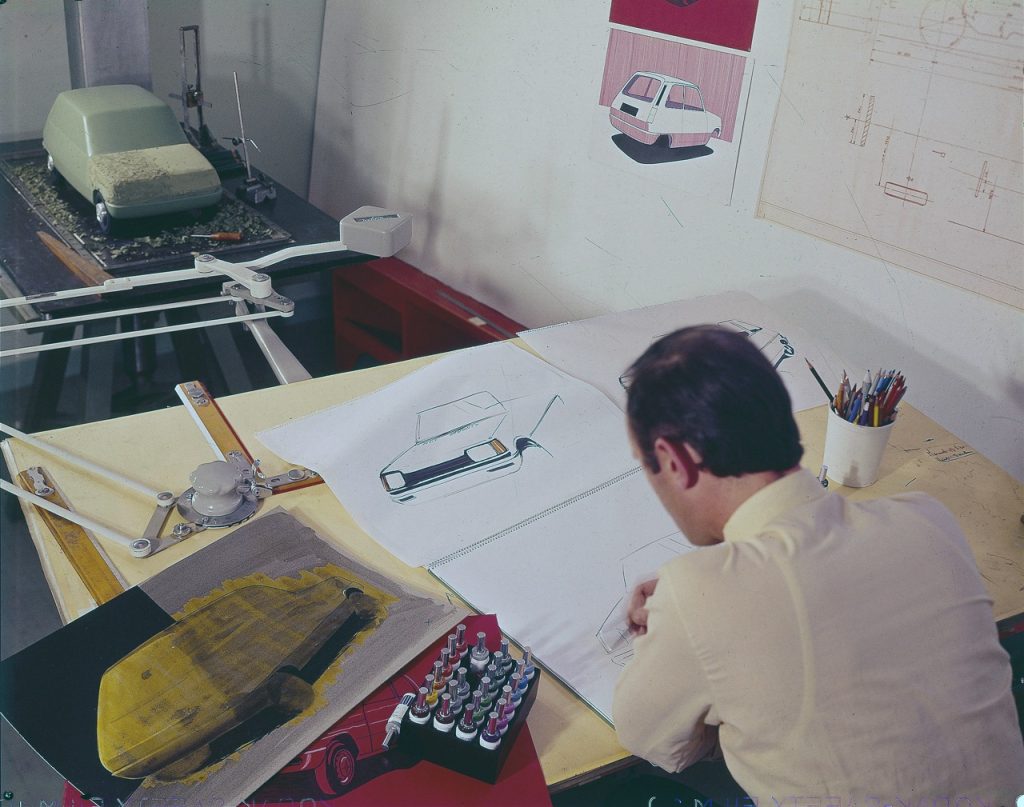
Anticipation at La Régie was simmering. In his 2018 article for Hemmings, “The Renault That Rumbled,” Karl Ludvigsen recalls his friend Jean-Claude Maroselli, who was Renault’s head of product information, deferring his retirement when he saw the prototypes, saying: “That car is so fascinating, so intriguing in its design that I just had to stay to see what would become of it.”
Back in the present day, one of the features of the new R5 EV outlined by current Renault boss Luca De Meo at Geneva was its speed of development – just two years. “I got a bit carried away,” he said in an interview at the show. “In a speech I said we could develop a car in just 24 months. I hadn’t asked anyone and when I said it. I could see at the back of the room my engineering chief holding his head in his hands…”
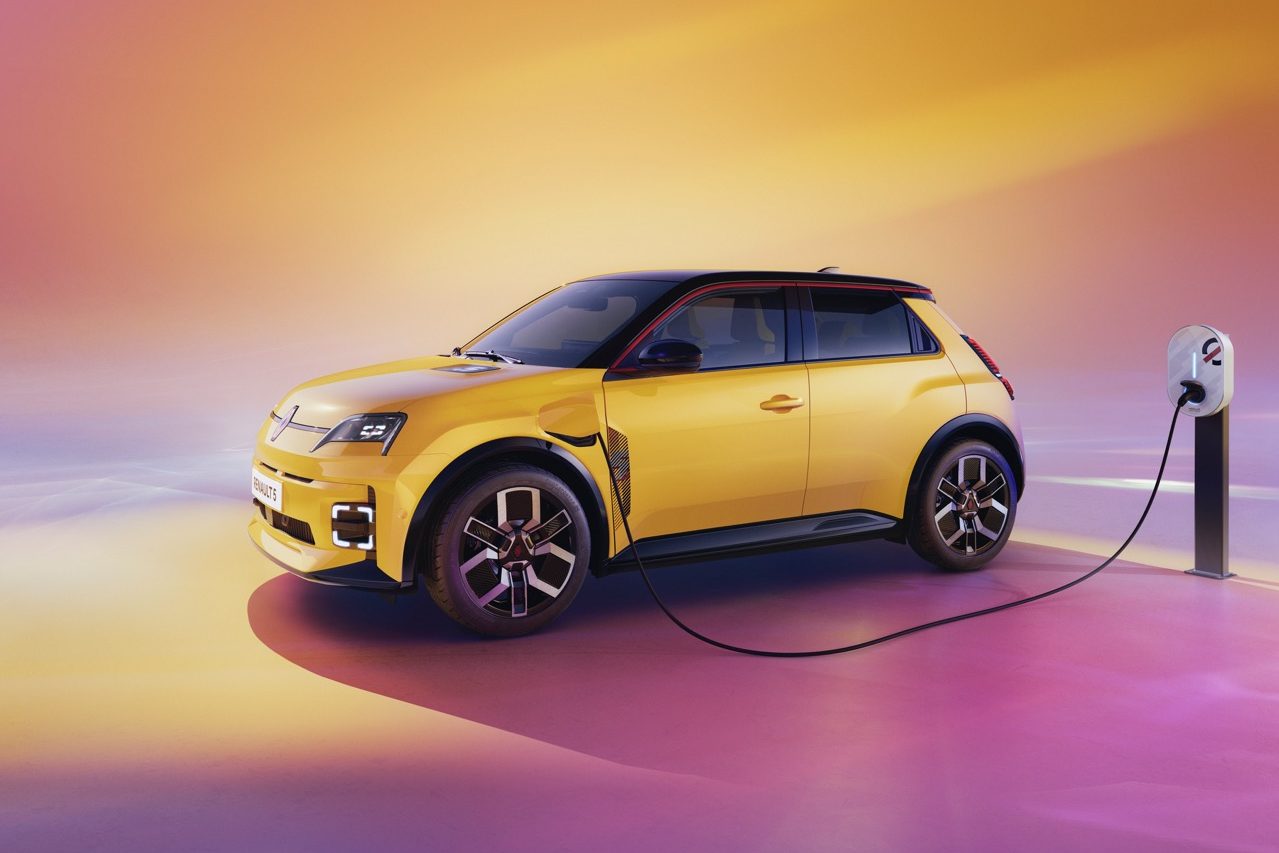
But Renault did it, just 108 weeks for the new R5 EV and the same for the smaller Twingo to be produced on a cut-down R5 platform. Just history repeating itself again here, for the original R5 was equally fast to market, though it was based on the Renault 4 chassis platform, right down to the torsion-beam suspension and the 782cc four-cylinder engine, along with a 956cc unit from the R6. Mounted longitudinally with the gearbox in front of the engine, the first R5s had that distinctive gear lever sprouting from the fascia.
What marked it out as indubitably modern, though, were the wrap-around bumpers developed by Prost-Dame and made of glass fibre dipped into self-skinning polyurethane foam. Initially these were grey, as Renault couldn’t work out how to paint them, but they were perfect for the ‘touch parking’ habits of Parisians.
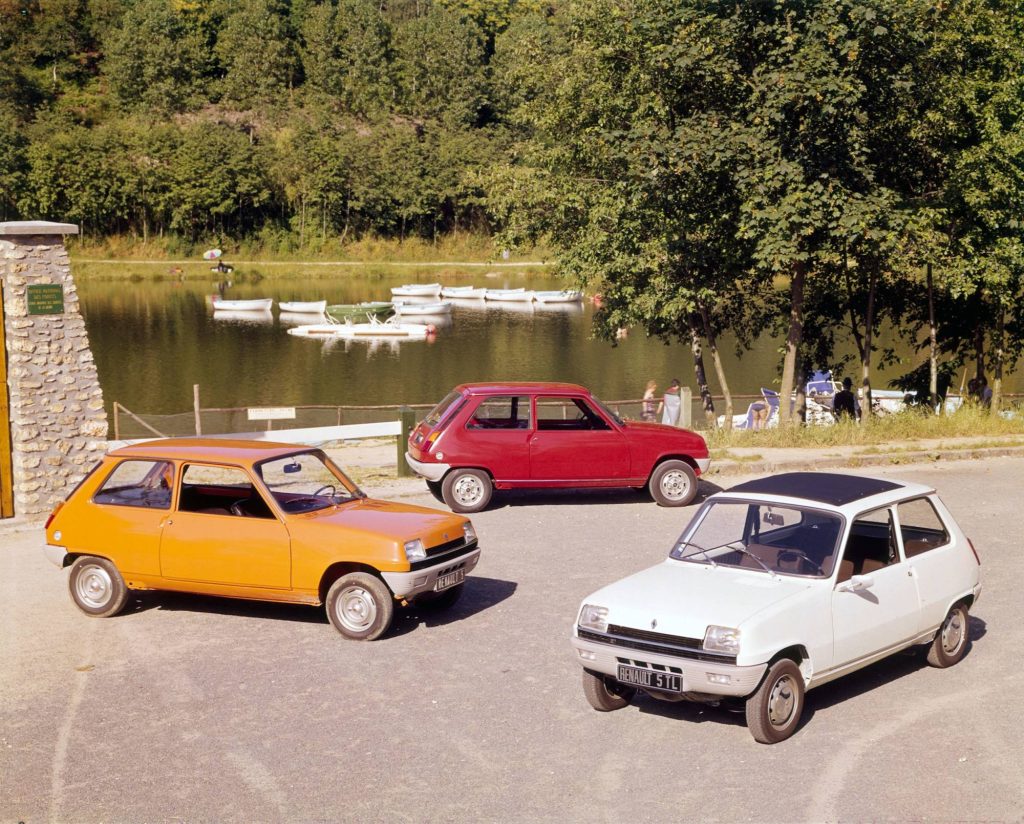
What a tragedy that Boué died of spinal cancer just months after the launch of the R5. He would have been barely aware of the full impact of his smashing little design. As Keith Adams puts it in his wonderful feature “The cars : Renault 5 development story,” the R5 “caused a sensation when it was first shown to the press, soon establishing itself as France’s best-selling car, rapidly quelling pre-launch jitters about having two doors (the French traditionally preferred four-door cars) and a utilitarian tailgate – something the Renault 16 had popularised in 1965.”
The R5 was a sensation as you might expect, but it’s my contention that it was that mix of old and new, the R4’s soft-riding torsion-beam suspension with Boué’s ultra-modern wind-cheating vision (the coefficient of drag was 0.37), which provided so many with a reason to buy. Well, that along with the hatchback, which became the standard rear-end of choice for small cars.
My family have a long history with the R5. When I first met her, Mrs. English was a fast lady whizzing around in the family R5 model, a Gordini with a floor change and those strange three-slot wheels. Her aunt, who danced with the Houston Ballet, drove a 1.3-litre automatic R5 in the States with air conditioning, though she did once confide that if it was on full blast, the car could barely move out of its own shadow. An old friend’s mother had a very early car with a that column shift on which she hung her knitting bag, and a basketwork roof lining, which was a great home for spiders.
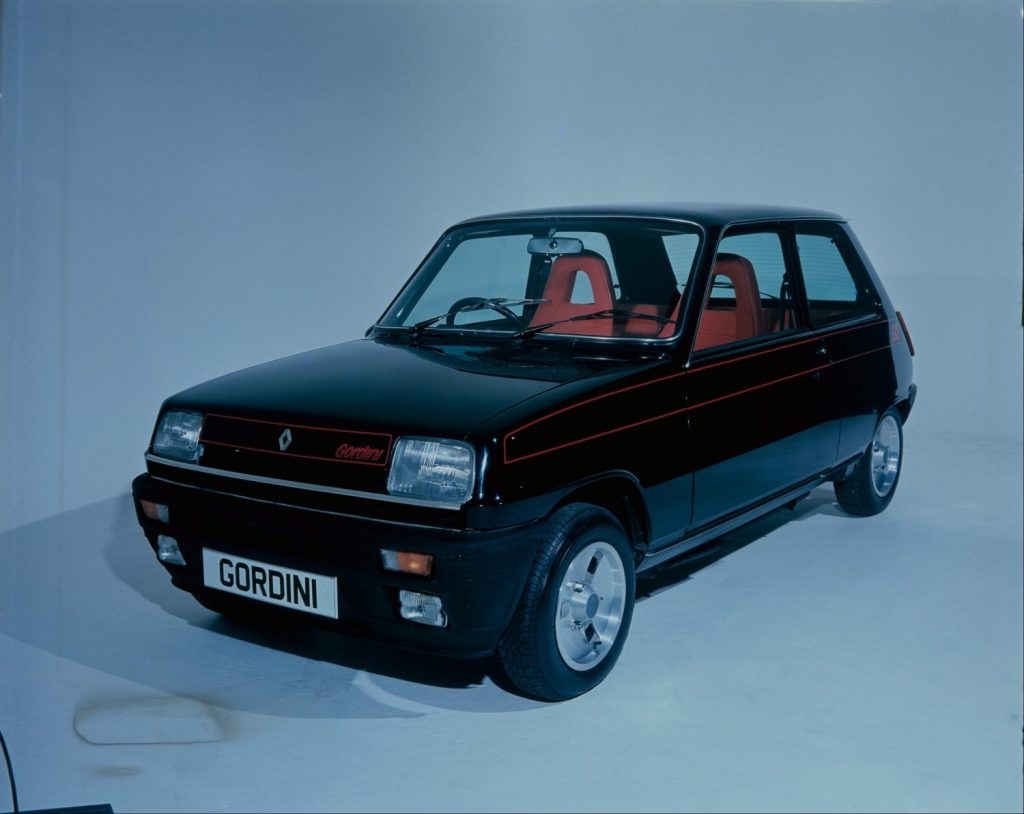
The 1973 Motor magazine test of the R5 TL praised the ride, space, and refinement, but didn’t much like the stark interior and badly arranged pedals. “The ride in particular,” said the testers, “is probably unrivalled at the price.”
Archie Vicar’s 1976 review of the R5 GTL in the The Amman Valley Chronicle and East Carmarthen News was more whimsical: “What is it?” He rhetorically asked. “In brief, it’s an entrant in the smaller car class… [and] outlandish as all that may seem, it makes a certain kind of sense (if you begin the day with a Gauloise and two glasses of Pernod at least).”
A cable gearchange came in 1973 and five doors in 1979, but the first hot hatchback version, the Renault 5 Alpine, was launched in 1976, two months before the VW Golf GTI. UK buyers didn’t get their hands on it until 1979, by then called the Gordini, after the famous racer and car tuner Amédée Gordini. Then followed the turbo version of the Gordini and ultimately the R5 Turbo, a mid-engined homologation special. Driven by Jean Ragnotti, it won the 1981 Monte Carlo Rally.
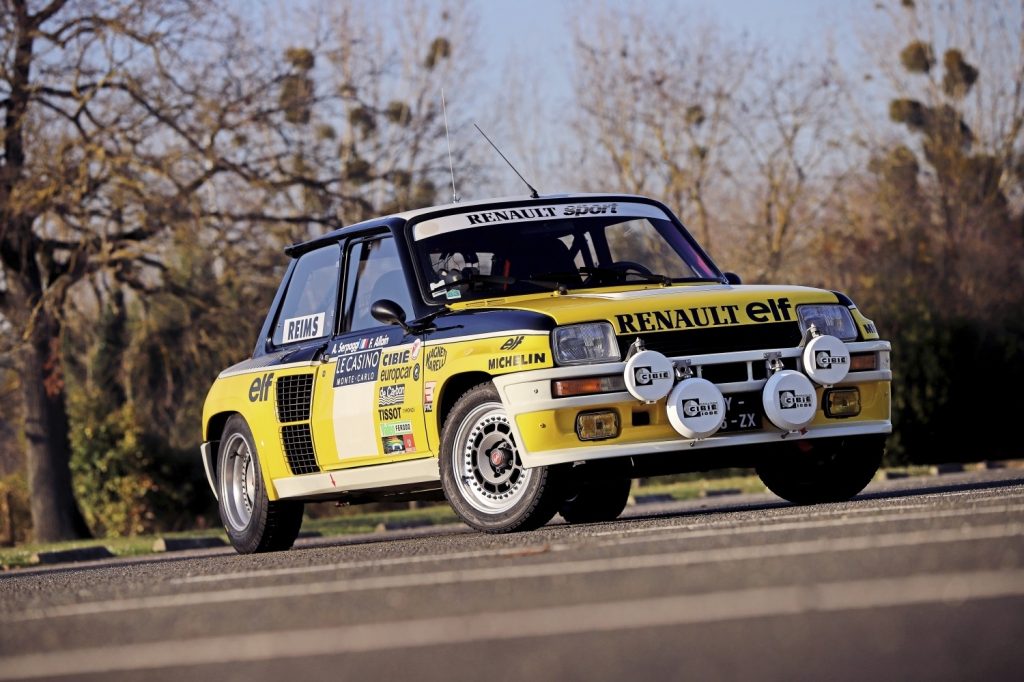
In America, the R5 first appeared in the showrooms of Renault’s 250 dealers in 1976, and it bombed. A new ad agency and a new name, Le Car, had more success. A 1979 tie up with American Motors Corporation, which allowed its 1300 dealers to sell and service the R5, saw even more success. By this time, they were calling it the ‘French Rabbit’, after the Golf, which was called Rabbit in the US. A slow starter, Le Car went from 6800 US sales in 1976 to 37,000 by 1982. It was even used by the police force in tiny La Conner, Washington.
While sales were just getting stronger (the R5’s peak year was 1980, with 666,026 made), in 1984 the second-generation model was launched, though the Mark I continued to be built under licence in Iran. The gen-two R5 had been resurfaced by Marcello Gandini, designer of the Lamborghini Miura and Countach, and it was called ‘Superfive’ though to my mind the Mark I had more style. It wasn’t marketed in the US.
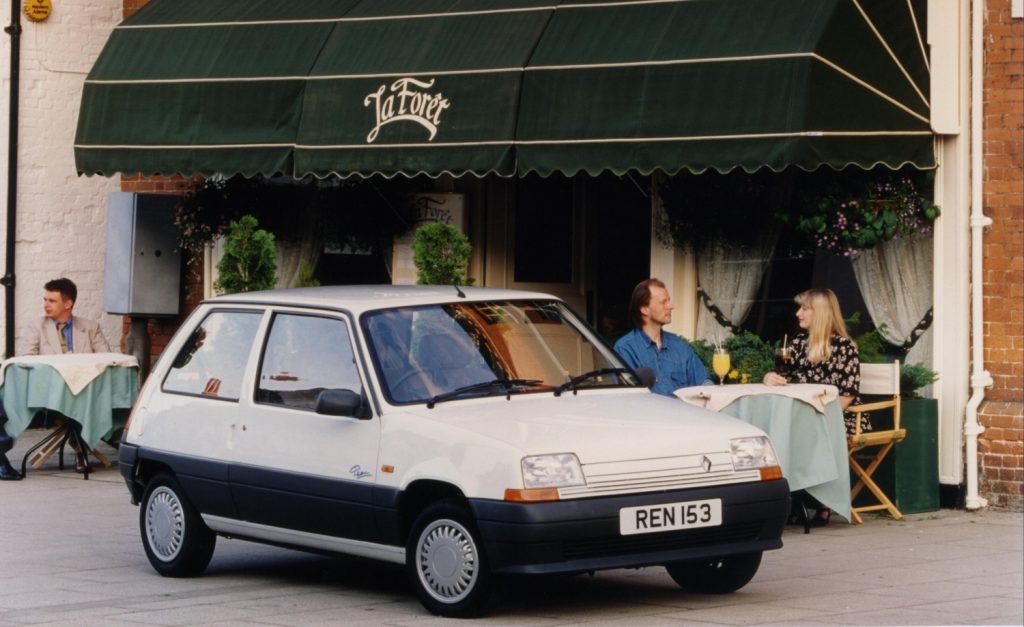
By this time, the competition was hot on Renault’s tail, with multinational marketing power behind Ford’s Fiesta and Vauxhall’s Nova proving hard to rival. The Mark II’s engine had been turned east/west in the body, and the suspension was now MacPherson struts with torsion-beam trailing arms at the rear.
The centre piece of the Mark II for me was the 1985 GT Turbo, a hepped-up car with a 1.4-litre 8-valve engine and a big Garrett T2 turbo. It was an unruly monster, though the 1987 Phase II car, with water cooling for its turbo, more modern ignition, and 115bhp, was a more powerful, more refined and faster package.
I was at Fast Lane magazine at the time and remember that car’s astonishing midrange grunt. A triple test in Motor magazine in 1987 against the Peugeot 205 GTI and the Fiat Uno Turbo showed the Renault GT Turbo’s 30–50 mph time of 6.3 seconds blitzing the Peugeot’s 6.6 seconds and the Fiat’s time of 7.1. The Renault also delivered the fastest 0–60mph sprint – 7.2sec – against the Peugeot’s 8.2sec and the Fiat’s 8.3sec. “For raw acceleration,” the test concluded, “the Régie’s rocket has an emphatic performance advantage over both rivals and most other performance cars for that matter.” They gave it to the Peugeot, though.
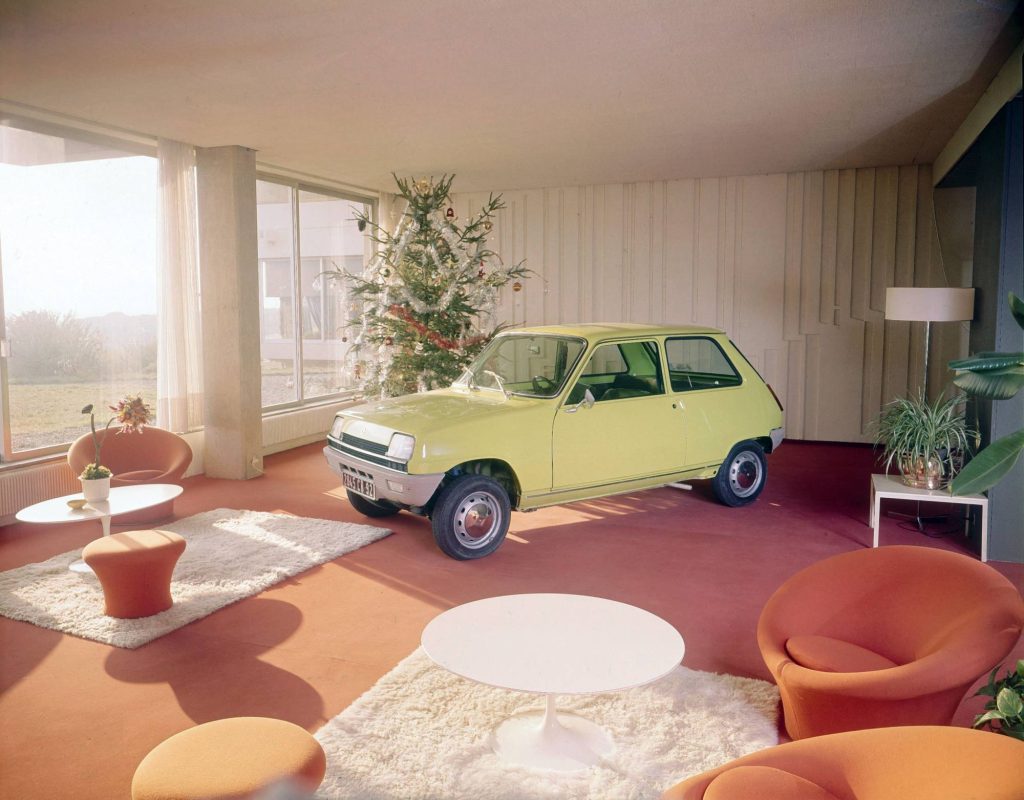
These days, getting hold of a good-condition, unmolested R5 GT Turbo is a long-winded and thankless process. Budget at least £15,000 and be prepared to kiss a lot of rusty, exhausted frogs…
My best memories, however, are of that light-blue Mark I R5 Gordini, flashing through the deep-sided, sun-dappled lanes of Sussex, clinging to the sides of the seat as the future Mrs. English double declutched her way up and down the ‘box and Kenny Everett’s short-lived BBC Radio 2 show rattled the loud speaker cones.
I haven’t listened to Radio 2 since, but I could be sorely tempted to try a Renault 5.










Excellent piece, Andrew! For What Car?, I remember performance testing the R5 GT Turbo up and down the main straight at Reims, with a 205 GTi also along for good company. C’est bon. Really looking forward to the new electric R5, in with a good chance to win Euro COTY, I’d say….
I had a Le car in the early 80s. Brilliant! Outstanding ride, typical French “on the dear handles” cornering, and rev-happy engine. Of the 50+ cars I’ve owned in my lifetime, it’s one of the handful I’d buy again tomorrow if I could!
Loved my Le Car.
My family went through 6 or 7 Le Cars. We lived on a small farm and those things were the best. Ask my 91 year old mom today what was her most favorite car ever and she’ll quickly answer, Le Car!